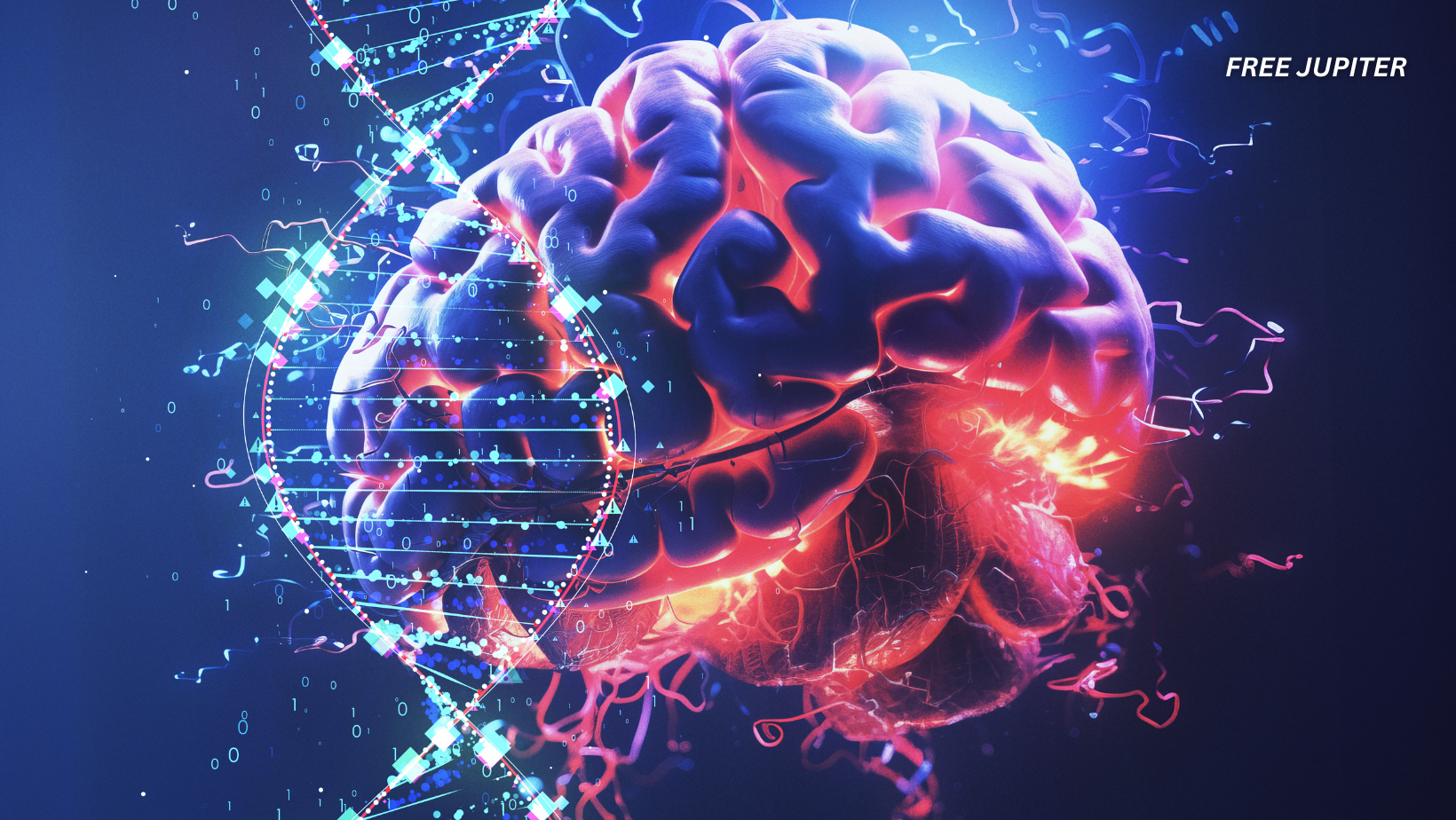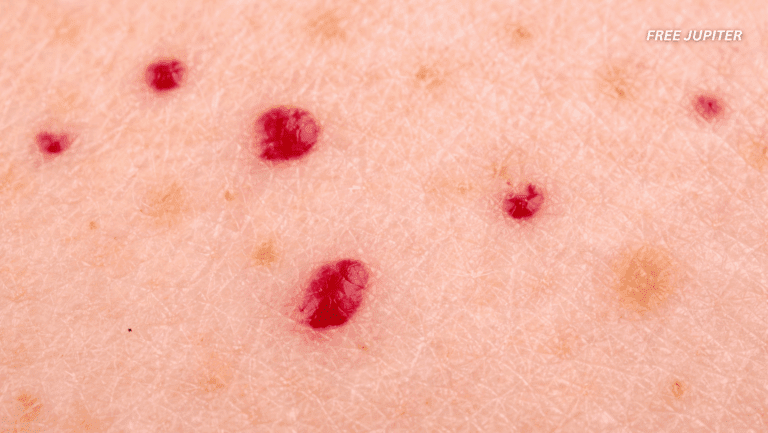For decades, Huntington’s disease has been one of the most feared genetic illnesses—a condition that sneaks into families, passing silently from parent to child, often revealing itself only when it is too late to stop. Now, for the very first time, doctors say they have found a way to slow it down dramatically, and the medical world is buzzing with cautious but heartfelt hope.
A Relentless Disease
Huntington’s disease is often described as a cruel cocktail of disorders. It erodes memory and thinking, much like dementia. It causes movement problems, similar to Parkinson’s. And it weakens muscles, resembling motor neurone disease. When it appears, usually in a person’s 30s or 40s, the clock begins to tick: most patients face a steady decline that ends in death within 15 to 20 years.
Unlike some illnesses that come out of nowhere, Huntington’s runs in families. A single faulty gene is enough to trigger it, and if one parent carries the mutation, there’s a 50% chance their child will too. It’s not a maybe—if the gene is passed on, the disease will eventually arrive.
This haunting certainty has left families watching generation after generation suffer. But now, there’s finally a reason to believe the cycle might be broken.
The First Successful Treatment
Doctors have successfully treated Huntington’s disease with a cutting-edge form of gene therapy. Early results suggest the therapy can slow the disease by about 75%—a jaw-dropping figure that left even hardened scientists teary-eyed.
To put that into perspective: normally, a patient’s decline in one year would be the equivalent of four years after treatment. That means decades of extra life in which people can still walk, think, work, and enjoy time with their loved ones.
Professor Sarah Tabrizi of University College London, who led the research, admitted:
“We never in our wildest dreams would have expected a 75% slowing of clinical progression.”
Read more: Science Finally Explains Why Women Have More Anxiety Than Men
How the Treatment Works (Made Simple)
The therapy is a one-time procedure delivered through a 12–18 hour brain surgery. Here’s what happens in plain terms:
- Doctors use a harmless virus as a delivery vehicle, or “microscopic postman.”
- This virus carries a carefully designed DNA sequence into brain cells.
- Once inside, the cells begin producing a molecule that interrupts the faulty instructions caused by the Huntington’s mutation.
- This lowers the levels of the toxic protein responsible for killing neurons.
Essentially, the brain learns to protect itself from its own malfunctioning gene. And unlike many treatments that need repeating, this one might last a lifetime, because brain cells do not regenerate in the same way skin or blood cells do.
Signs of Real-Life Change
The trial involved 29 patients. The early results are astonishing:
- One patient who had been forced into early retirement is back at work.
- Several others are still walking when doctors had predicted they would already be in wheelchairs.
- Brain scans show fewer dying neurons, with “neurofilament” markers in spinal fluid actually dropping instead of rising.
For families who have watched loved ones fade away, these stories feel nothing short of miraculous.
A Family’s Story: The May-Davis Legacy
The May-Davis family knows Huntington’s disease all too well. Jack May-Davis, just 30 years old, carries the faulty gene. His father, Fred, developed symptoms in his late 30s, starting with changes in mood and movement. The disease slowly stole his independence, until he required round-the-clock care. Fred died at 54.
Jack grew up knowing the same fate awaited him. “It was really awful and horrible,” he recalled of watching his father’s decline. But now, with this breakthrough, Jack says his future “seems a little bit brighter.” Newly engaged and working as a barrister’s clerk, he dares to imagine that his life could stretch far longer than he once thought possible.
Read more: Humanity Is Undergoing Huge Evolutionary Changes, Scientists Say
Why This Matters
Roughly 75,000 people in the UK, US, and Europe are living with Huntington’s, and hundreds of thousands more carry the mutation but don’t yet have symptoms. Until now, there has been no treatment—only supportive care to ease the suffering.
This therapy could change everything. If given early enough, it might even stop symptoms from appearing at all. Researchers are already planning a prevention trial, working with young people who carry the gene but haven’t yet developed signs of the disease.
The Practical Challenges
Of course, nothing this groundbreaking comes without hurdles. The treatment requires highly skilled neurosurgery, available only at top hospitals. It will almost certainly be very expensive—though exact costs haven’t been announced. For comparison, the UK’s NHS already pays for a one-time gene therapy for haemophilia B that costs about £2.6 million per patient.
While the price tag may sound shocking, advocates argue that one life-long treatment could be far cheaper in the long run than years of care, hospital stays, and lost work.
Scientists React With Emotion
Professor Ed Wild, a neurologist involved in the trial, admitted he was moved to tears when he saw the results.
“There was every chance we’d never see this. To know it’s possible, and at this scale—it’s breathtaking.”
Dr. Walid Abi-Saab, chief medical officer of the biotech company uniQure, which developed the therapy, called it “the potential to fundamentally transform” Huntington’s disease.
What Comes Next
UniQure plans to apply for a license in the US in early 2026, with hopes of launching the therapy later that year. Talks with UK and European regulators will follow.
For now, the treatment is limited to small trials, but this milestone opens the door to a new era of medicine—not just for Huntington’s, but for other genetic brain diseases once thought untouchable.
Read more: A Brain Chip Can Now Read Human Thoughts With 74% Accuracy
A Turning Point
For families living under the shadow of Huntington’s, this is more than a scientific achievement. It’s a shift in what the future could hold.
Professor Tabrizi called the volunteers “truly brave,” saying their willingness to undergo long surgeries has given the world something once thought impossible: a glimpse of a life beyond the reach of Huntington’s.
If the early results hold true, we may look back on this moment as the point when one of medicine’s cruelest inevitabilities finally began to loosen its grip.
Featured image: Freepik.
Friendly Note: FreeJupiter.com shares general information for curious minds. Please fact-check all claims and double-check health info with a qualified professional. 🌱










